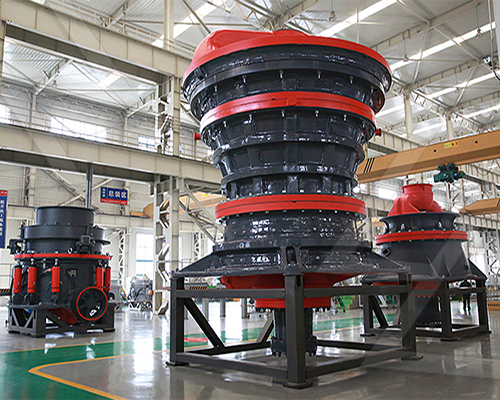A washing line in bauxite mining refers to the process of cleaning and separating bauxite ore from impurities like clay, silica, and other unwanted materials before further processing (usually for alumina production). This step is crucial because raw bauxite often contains a mix of minerals that must be removed to improve quality and efficiency in refining.
.jpg) Key Steps in a Bauxite Washing Line:
Key Steps in a Bauxite Washing Line:
1. Crushing & Scrubbing
– Bauxite ore is first crushed into smaller pieces.
– High-pressure water jets or mechanical scrubbers remove sticky clay and loose contaminants.
2. Screening & Classification
– The crushed material passes through vibrating screens to separate finer particles from coarser ones.
– Hydrocyclones may be used for further size separation.
3. Attrition Scrubbing (Optional)
– For heavily clay-bound bauxite, attrition scrubbers break down clumps and release more alumina-rich material.
4. Washing & Desliming
– Water washes away fine clay and silica particles (slimes).
– Thickeners or settling ponds help recover water for reuse.
5. Dewatering (Optional)
– Filter presses or centrifuges reduce moisture content before transportation or refining.
 Benefits of a Washing Line in Bauxite Mining:
Benefits of a Washing Line in Bauxite Mining:
✔ Higher Alumina Content – Removes silica and impurities, improving ore grade.
✔ Reduces Processing Costs – Cleaner ore means less energy in Bayer process refining.
✔ Environmental Compliance – Minimizes waste and allows water recycling.
Challenges:
– High water consumption (requires proper recycling systems).
– Disposal of washed-out clay/slimes (often stored in tailings ponds).
Would you like details on specific equipment used in bauxite washing?




